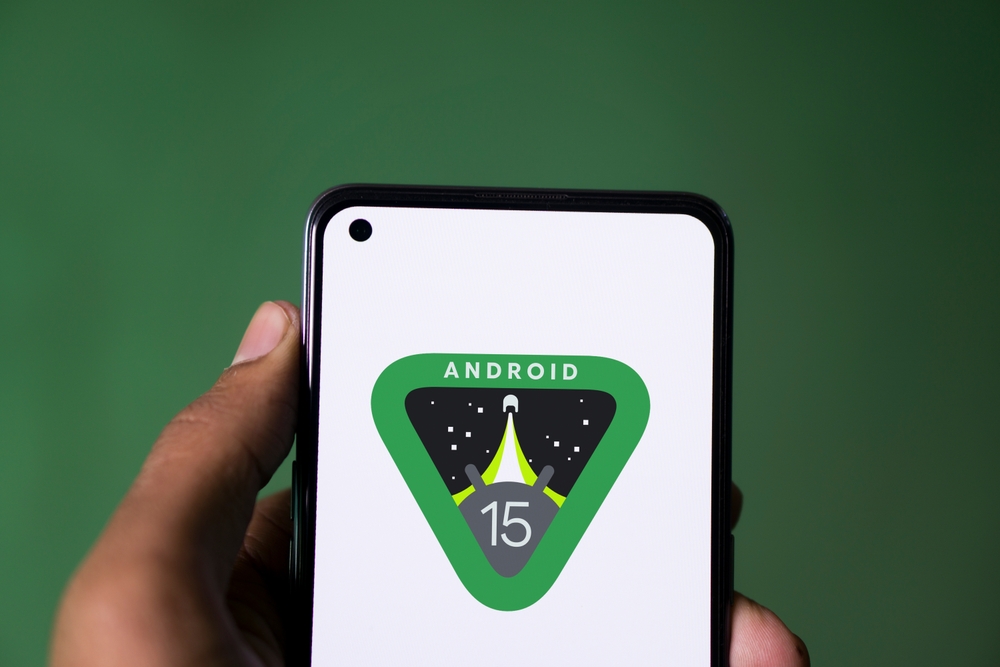With the release of Android 15 Beta 3, the mobile OS has achieved Platform Stability status. This milestone signifies that the API for developers and application-related behavior of the platform will no longer change, allowing software products focused on Android 15 to be released on Google Play.
New Possibilities and Improvements
The third beta version of Android 15 introduces new possibilities for working with media data and AI, supporting non-standard device form factors. The update also brings enhancements in battery efficiency, application stability, user privacy, and security. These improvements affect various lines of devices, ensuring a more robust and reliable user experience.

Logging into accounts in 15 applications optimized for Android now primarily uses access keys protected through biometrics or a lock code. If this method is rejected, the system offers alternative login options. These options are displayed by the system keyboard or drop-down lists in the credential entry fields. Third-party developers can now access the system’s authentication mechanism, streamlining the login process.
Technical Innovations and Updates
Significant changes include the Android WebView component losing support for WebSQL. The setDatabaseEnabled and getDatabaseEnabled parameters are deprecated, and WebSQL, previously removed from Chrome, will no longer work in Android WebView. Over the next 12 months, these methods will be deactivated in all versions of Android.
Google has urged developers to pay attention to several important technical innovations in Android 15. Notably, the behavior of the FLAG_STOPPED package state has changed: applications remain stopped until the user launches them or interacts with them indirectly. The system now supports 16 KB memory pages. Applications developed using Android Native Development Kit (NDK) tools, which provide access to the physical components of the device, will need to be recompiled to support 16 KB pages. Android 15 also introduces the “Private Space” feature, allowing users to store confidential applications under an additional level of authentication, notes NIX Solutions.
The list of devices on which Android 15 can be installed is available on a separate page. Alternatively, 64-bit system images can be downloaded and run through an emulator in Android Studio. We’ll keep you updated on further developments and updates regarding Android 15.
By providing these updates and improvements, Google continues to enhance the Android ecosystem, making it more efficient, secure, and user-friendly.
